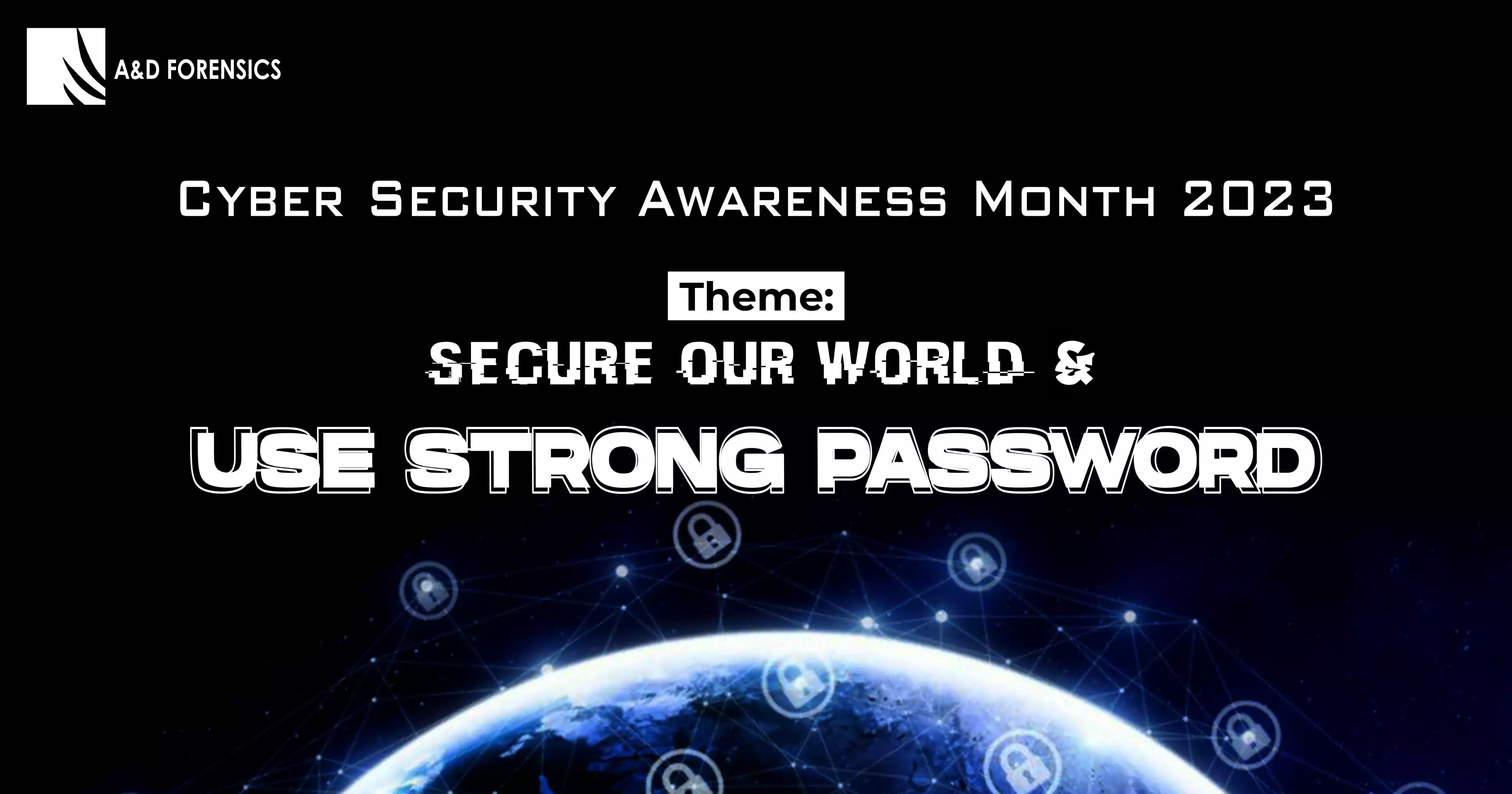Password is a critical aspect of securing the digital space, it’s usually referred to as the first line of defence. This is because, most application require it’s users to provide credentials such as there username and password before being granted access. As such it is essential to make use of unique and strong password.

The Concept of Password
A Password is a memorized string of characters and is only known to the user, this is used to authenticate users on a system before granting them access. it used alongside usernames or email addresses. A tipical system require it’s user to provided this credentials, then check is database of registered users to verify the credentials provided by the user matches the records on the said database, if it does, the user is granted the required access else the access is revoked and the user is asked to try again.
The concept of password as requirement for gaining access to a system is fairly simple and straight forward such that if a malicious individual has the knowledge of another user, he can easily gain access to this user’s system. This is why the use of strong password is very paramount.
Some Benefit of Creating a Strong Password
Creating a strong password is not just a recomendation in today’s cyber threat landscape but a necessity. Cyber criminals has evolved overtime, with the combination of sophisticated tools,previously stolen credentials and brute-force attack, a user with a basic password can easily have his or her online profile compromised. With a strong password this becomes a bit difficult for bad actors because it reduces the chance of unauthorised access, making it harder for hackers to guess or crack users password using brute-force attack.
Creating a Strong Password: A Guide
There are some properties that needs to be in place to ensure the password created is strong and and meets the standard process of password creation. Below we look at some of the properties in step by step guide.
Step 1: Length and Complexity: One of the first factors to be put in consideration when creating a password is the length and complexity. A strong password is expected to be at least 12 characters in length and a mixture of at least one upper case case, a lowercase, a digit and special character such as the “@” or “#” sign.
Step 2: Avoid Predictable Patterns: Information such name, birth date or common words should never be used in password as they are easily guessable. Cyber criminals uses a dictionary of common words to breach weak passwords.
Step 3: Create Unique Password for Each Account: Password repetition is a habit that should be avoided at all cost. This is because in the event of credential breach, a user with habit of reusing password can have multiple of his profile across different platforms breached.
Step 4: Consider Passphrases: Consider using passphrases, which are long phrases or sentences with spaces and special characters. They are easy to remember and highly secure. For example, “B3autiful$un$ets@TheL4k3!”
Step 5: Use a Password Manager: Remembering different passwords of different profiles across different platforms can be a daunting task, probably impossible. Password managers are a secure way to keep track of where a password was used without the need for memorisation. They can generate strong, unique passwords for each of your accounts and securely store them. This way, you only need to remember one strong master password. Some popular password managers include LastPass, Dashlane, and 1Password.
Step 6: Enable Two-Factor Authentication (2FA): Even with a strong password, an extra layer of security is beneficial. Enable 2FA wherever possible. This involves receiving a one-time code on your mobile device or email that you must enter along with your password to access your account.
Step 7: Regularly Update Your Passwords: Change your passwords periodically, especially for critical accounts like email and banking. This practice helps mitigate the risk associated with data breaches.
Regularly Check for Breaches: Use services like “Have I Been Pwned” to check if your email or password has been part of a data breach.
Conclusion
In the age of digital connectivity, passwords are the foundation of our online security. Creating strong passwords and using password managers are vital steps in safeguarding our digital lives. By following these steps and using best practices like two-factor authentication, you can significantly enhance your online security. Remember that in the digital age, a strong password is your first and often most crucial defence against cyber threats, so make it count. Stay secure online!
A&D Forensics offer services which includes Penetration testing, Cryptocurrency Investigation, Digital Asset Compliance and Training, You can view all our services HERE






